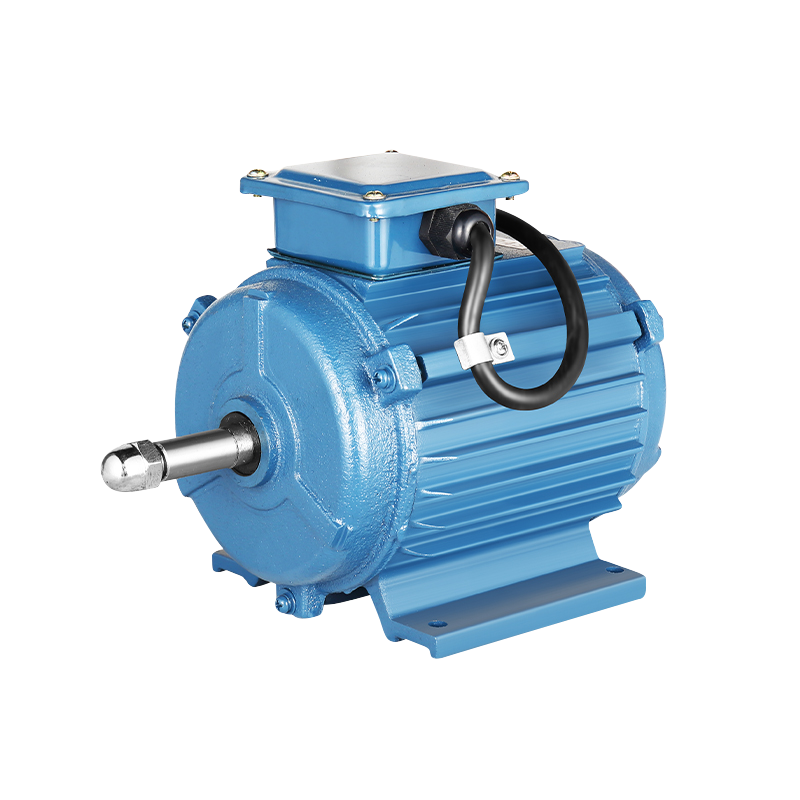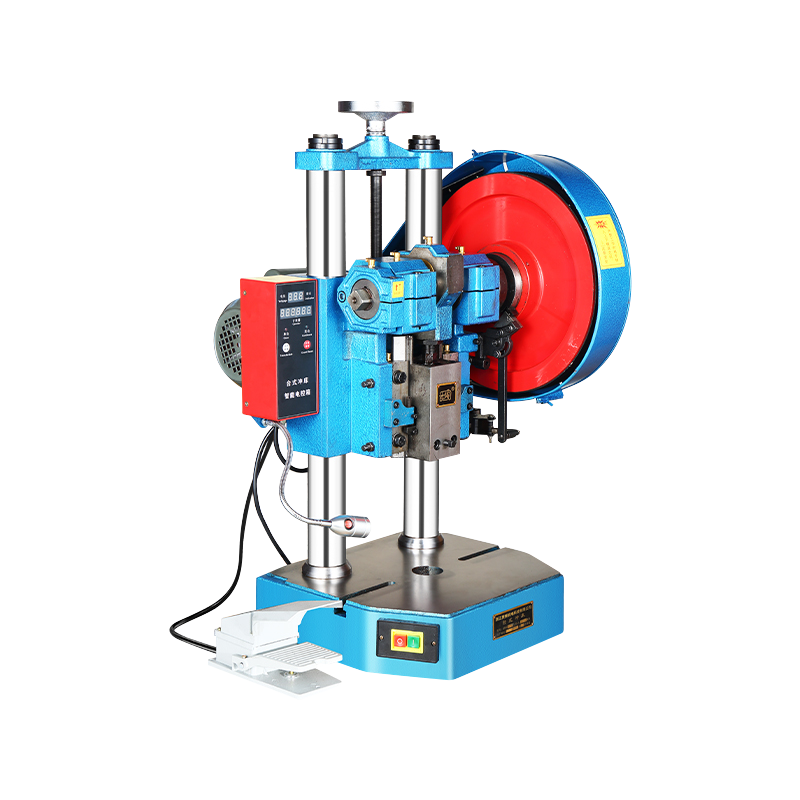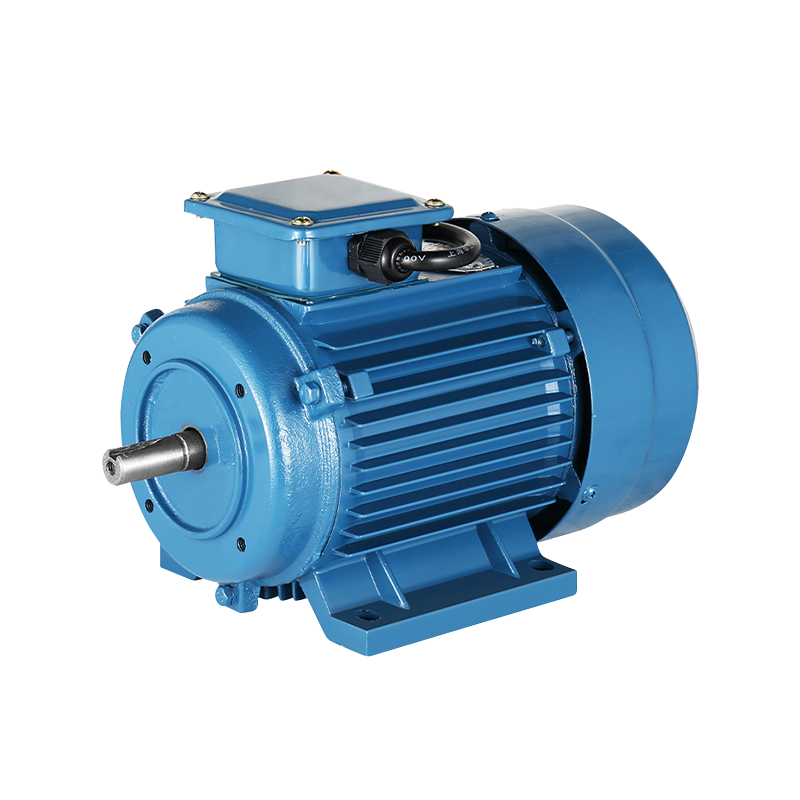Three-Phase Asynchronous Motor Improves Production Line Performance
In modern manufacturing environments, the efficiency and reliability of production lines are critical for maintaining consistent output. One component that has shown a significant impact on production workflows is the Three-Phase Asynchronous Motor. This motor type, widely adopted across various industrial settings, provides stable and continuous operation, which supports smoother manufacturing processes.

Role of Three-Phase Asynchronous Motors in Industrial Operations
A Three-Phase Asynchronous Motor is valued for its ability to convert electrical energy into mechanical power without the need for complex control systems. Unlike other motor types that may require intricate setups, this motor operates efficiently with small adjustments. Its widespread use in factories and workshops ensures that machinery, from conveyors to presses, maintains steady motion and predictable performance. In particular, production lines that integrate manual punch press equipment benefit from the motor's consistent torque and energy output.
Enhancing Production with Manual Punch Presses
The manual punch press remains a fundamental tool in many metalworking and fabrication shops. While automated machinery has grown in popularity, manual systems still offer flexibility and precision for certain operations. When paired with a Three-Phase Asynchronous Motor, these presses experience more stable operation, reducing vibrations and improving punching accuracy. By ensuring uniform energy delivery, the motor helps less material deformation and extends the lifespan of both the press and tooling.
Integration and Workflow Benefits
Integrating a Three-Phase Asynchronous Motor into a production line can advance to more predictable cycle times. For manufacturers using a manual punch press, the motor provides a steady rotational speed, which allows operators to maintain consistent output without excessive adjustments. This consistency not only improves product quality but also supports better scheduling and resource allocation within the workshop.
Additionally, production lines that combine Three-Phase Asynchronous Motors with mechanical presses often observe smoother start-up and shutdown processes. Unlike single-phase motors, the three-phase design reduces the likelihood of sudden load drops or stalling, which can disrupt the operation of a manual punch press. These features are particularly valuable in environments where maintaining continuous production is essential.
Maintenance and Operational Considerations
One advantage of the Three-Phase Asynchronous Motor is its relatively low maintenance requirements. Routine inspections and standard lubrication practices are generally sufficient to keep the motor running effectively. For manual punch press operators, this means less downtime due to motor-related issues. The durable design of the motor also allows it to handle the frequent start-stop cycles associated with punching operations without significant wear.
Moreover, the operational stability provided by the Three-Phase Asynchronous Motor can improve overall safety in workshops. Consistent performance reduces unexpected mechanical reactions during punching, which lowers the risk of damage to materials and equipment, as well as operator injury. By supporting both efficiency and safety, the motor becomes a key element in sustaining reliable production workflows.
As industrial processes continue to evolve, the combination of Three-Phase Asynchronous Motors with traditional machinery like manual punch presses demonstrates a practical approach to modernizing production without fully replacing established systems. The balance between mechanical precision and electrical consistency allows workshops to maintain quality output while gradually integrating new technologies.
The Three-Phase Asynchronous Motor plays a significant role in enhancing production line performance. Its integration with tools such as the manual punch press improves operational stability, workflow predictability, and safety standards. By leveraging the reliable characteristics of this motor, manufacturers can support consistent production and maintain quality in diverse industrial environments.
-
Feedback

 English
English 中文简体
中文简体






